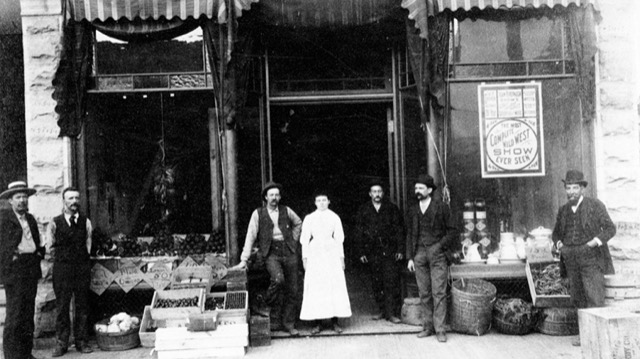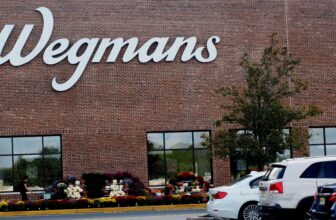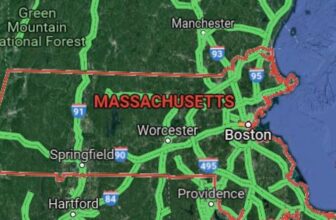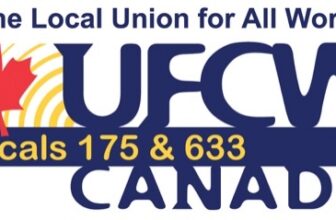
[ad_1]

Aspen Historical Society/Photo courtesy
Are you making your grocery shopping list and preparing for Christmas dinner? Grocery store options are limited compared to Aspen’s eight grocery stores in 1896-1897. Here are some highlights if you were browsing his store’s isle in 1897.
– Dietz Grocery’s signature products were Ceylon tea and butter. Their tea sold for $0.75 per pound, or $22 in today’s dollars. They also promoted “pure filtered Wisconsin clover honey,” which they claimed was “much better than Utah’s sagebrush honey.”
– Magnan’s attracted customers with its motto: “Come, eat, drink, and gain weight.” They offered Armor ham and bacon and Corner mincemeat in 5-pound cans. Twelve California oranges cost about $10 in today’s dollars. At that time, it was a true Christmas feast. Magnan’s offered Colombian butter made by Shady Grove Creamery. They claimed to be “the greatest on earth”. Table claret, which the brand name was not disclosed, also sold for $15.70 per gallon in today’s dollars.
– JB Putnam’s Grocery Store also promoted butter. It was the “famous” Blue Hill butter. There was also a new arrival of Valley potatoes, and Schilling’s tea, coffee, and other products were on sale. California Market promised “vegetables of all kinds grown in the four corners of the earth.” Diamond also promoted his creamery’s butter.
– Jewett and Ackerman Grocery didn’t really advertise their food products. They pushed Soapoid for several weeks. They claimed it would save them time and effort in washing clothes. They announced the lowest prices in town. That might be true, since you can buy two dozen eggs for $7.35 (in today’s dollars). This was the birthplace of Deerfoot Farms sausage. To increase sales during the holiday season, Jewett gave away the most popular “new” item to consumers, the phonograph, to raffle winners.
– Colorado Market advertised itself as “always on top” and sold all kinds of fresh meat, cured meat, fish, and poultry. In 1897, it wasn’t as easy to provide fresh food as it is today, but “fresh food” sold just as much as it does today.
– Pinger Grocery Company’s flyer notes touted reliability and excellence. Butter was also pressed, probably because they were preparing the dough for Christmas cookies. That brand was Perfect Separator, which claimed that “aspen’s lack of butter is comparable to it.” Pinger featured a 10-pound tub for $88 in today’s dollars. You can bake a lot of cookies with 10 pounds of butter. Grocery store articles pushed pure her apples, his cider and bananas, and Aunt Jemima’s pancake flour. Imagine buying walnut ketchup for your steak or game. Pinger was a major fish merchant. He can buy whole cod, bulk mackerel, Dutch herring, smoked halibut, canned shrimp, herring kippers, sardines, and more.
– Holtower Market had a rare item for Aspen: hot tamales. Deerfoot also sold his sausages, turkey, homemade lard, corn-fed beef, and pork tenderloin. They entered a butter contest selling butter from Shady Grove Creamery.
Hundreds of products were sold in markets and grocery stores. What’s interesting is that among the many products that could be featured in the ad, many focused on butter, each with a different sauce.
When purchasing butter, you may need to pay close attention to what brand you are purchasing.
Tim Willoughby’s family story is similar to Aspen’s. He began sharing folklore while teaching at Aspen Country Day School and Colorado Mountain College. Now visiting his home town as a tourist, he sees it from a historical perspective. Please contact redmtn2@comcast.net.
[ad_2]
Source link







